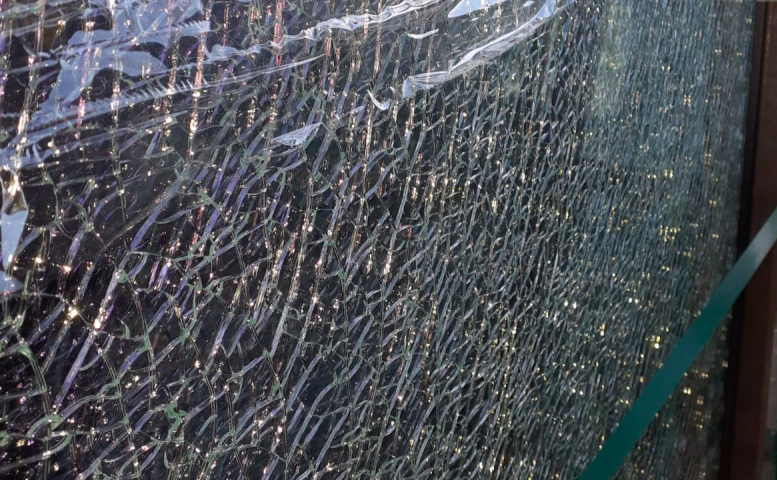Cargo claim process and documentation

What is Time Bar in cargo claims and Why does it matter to you?
December 28, 2021
The proven way to Avoid Demurrage and Detention Charges
February 9, 2022When cargo arrives at its destination and is damaged or has been pilfered during transit, it’s not always clear where to start the claim process, and what documents to submit to the liable party. However, the process can be made simpler by following these steps:
- Identify the liable party
- Put on notice the liable carrier as soon as possible and invite them for a joint survey
- Engage a surveyor, arrange joint survey
- Mitigate cargo losses wherever possible
- Collect documents
- Submit your claim
- Protect the time bar
1. Identify the Liable Party
When it comes to the ocean or air cargo, the liable party is more than likely going to be the issuer of the bill of lading, i.e. the shipping line.
For cargo transported from one place to another by road, the liable party will usually be the transport or trucking company that the shipper contracted.
2. Put on Notice the Liable Party
It is important to notify the liable party within 3 days of receiving your cargo, especially when it comes to ocean or air cargo. The notification should include the following information:
- The transport document number
- Container number for ocean cargo
- Cargo description
- Nature or cause of the loss or damage
- Approximate value of the loss or damage
- Invitation to the liable party to be present during the survey
3. Engaging a Surveyor
While it is a good idea to engage a surveyor for high value cargo, this is not always necessary as, for lower value or smaller quantities of cargo, an in-house survey will suffice.
The purpose of the survey is to properly assess and document the damage or loss. This can be done by taking clear photographs of not just the damaged cargo, but of the container itself to show how the damage to the cargo occurred.
4. Mitigating Losses
As a matter of law, it is imperative that cargo losses should be mitigated to a minimum. Loss mitigation measures include, but are not limited to:
- Segregation of damaged cargo from good cargo
- Sale of good cargo to secondary markets
- Repair of damaged cargo for sale purposes
- Where cargo cannot be salvaged, it is important to ensure that a destruction certificate is included when submitting your claim. This can be issued by either a third party destruction company, or can be done in-house.
5. Collecting Documents for Submission
Once the importer established the actual loss incurred, it is time to collate the documents for claim submission to the liable party. This is the basic list of documents that will be required when submitting your claim to a shipping line or air cargo carrier:
- Airway bill or bill of lading
- Commercial invoice
- Packing list
- Survey report and photographs of damaged cargo
- Claim value calculation
- Salvage invoice/s or destruction certificate
- Unloading tally in the case of pilferage claims
- The air or ocean carrier may request further documents from you after submission, but the above list is mandatory for every claim.
6. Claim Submission
As you will already have established the liable party and collected your documents, it is now time to submit your claim. This can be done by scanning all the relevant documents and emailing them to the liable party. The body of the email should include a Statement of Claim.
The Statement of Claim should include all the information stated in the claim notification, refer to 2. above. It should also give the carrier a clear explanation of how you believe the damage or loss occurred, such as water ingress, pilferage, reefer malfunction, etc.
7. Protect the Time Bar
In most cases when it comes to air or ocean cargo claims, your claim will be subject to a one-year time bar. This means that after one year from taking delivery of the cargo, you will not be able to claim damages from the carrier.
The shipper needs to constantly follow up with the carrier in order to gain a successful resolution. If your claim is reaching its time-bar date, a written request for a time extension may be sent to the carrier. Another alternative is to commence litigation against the carrier within the time of the prescription period.
Conclusion
If you follow the above 7 step process, you will substantially improve the likelihood of a successful outcome to your cargo claim!
Excited for your 2022! You’re gonna smash it with patience, kindness, optimism, and execution… I can feel it. 😉



